Internet Sector Update : Quick Commerce – Expert roadshow KTAs by Emkay Global Financial Services Ltd

We met 11 stakeholders in the Quick Commerce (QCom) space in Bengaluru over 2 days, to assess the opportunity in tier-2 cities, the competitive response from adjacent spaces, and the challenges in the business. Key takeaways: 1) Large modern trade retailers with QCom ambitions have achieved meaningful scale in terms of order per day, albeit with low fill rates and low AOV. 2) Ecommerce players are pivoting toward QCom, although regulations are slowing their growth. 3) Tier-2 cities are seeing decent adoption on the back of assortments offered. Low rent pushes down the breakeven order requirements in tier-2 cities. For our FMCG coverage, we see QCom as an enabler; however, if not adequately capitalized, it can become a disruptive force (given the surge in D2C competition). We see the scale-up of QCom to further weaken the distribution moat. We remain constructive on the QCom space as we see a long growth runway for the business. While competition is intensifying through entry of adjacent sector players, execution and regulatory challenges will continue to hinder their growth.
Tier-2 cities economically viable for QCom
A key driver of QCom demand in tier-2 cities is the higher number of SKUs (~8,000) offered on the platform versus local grocers (~1,000). While the order density in tier-2 cities is lesser, lower rent/wages make a dark store viable in tier-2 cities. This shifts the break-even point in tier-2 cities to ~800 orders per store as compared to ~1,300 orders per store in tier-1 cities. Mid mile logistics costs are higher for tier-2 cities, albeit still not a dealbreaker. Considering the inherent demand for QCom in tier-2 cities and the favorable unit economics, we see a long growth runway for the QCom business.
A large retailer scaling up QCom, albeit with low AOV, fill rates
A prominent Indian retailer has adopted a hybrid QCom model, utilizing existing store infrastructure for order fulfillment, where ‘pickers’ prepare orders for delivery personnel. This strategy has enabled the company to rapidly expand its QCom footprint, achieving a scale comparable to established QCom players from a year prior, largely by leveraging its extensive geographical presence. However, this aggressive expansion appears to be impacting operational efficiency, evidenced in the low fill rate and the diminished AOV. Further, the retailer is employing promotional tactics such as discounted store prices, waived delivery fees, and low minimum order values to incentivize platform adoption. While the management prioritizes scaling up this business, we maintain a skeptical outlook on the long-term viability of a hybrid model, given significant execution challenges inherent to its design and QCom availability limited by store timings.
Ecommerce players cautious on regulations
Most existing e-commerce players initially dismissed the QCom business model, viewing it merely as a substitute for traditional grocery stores that would not significantly impact their core e-commerce operations. However, with the proliferation of larger dark stores and an expanded range of SKUs, QCom is increasingly being perceived as a direct threat to the broader e-commerce landscape. Consequently, both the major e-commerce players are now focused on integrating QCom functionalities within their existing applications, aiming to redirect organic app traffic to a dedicated QCom tab rather than developing separate QCom applications.
Traditional FMCG companies at crossroads
The QCom channel presents a structural opportunity for traditional FMCG players to liaison with the new, affluent user-base. However, traditional players would face market-share related issues if they do not adapt to the change. In the quest for AOV enhancement, platforms seek premium and value-addded products from category incumbents which, if not addressed, push the platform to rely on new age brands. In our trip, we have a consensus around relevance of D2C brands, as they offer better margin to platforms (important for sustainablity) and address nascent consumer needs better. Looking to bridge the assortment gap, select modern trade players that have QCom aspirations are looking to onboard D2C brands
QCom resolves the consumption issue for price-immune consumers; focus now on adding more high-margin consumption occasions
While QCom players have cracked the code for asset turnovers, focus is now gradually shifting to improve the margin profile. QCom players are focusing on near-doubling the current AOV with margin accretive categories like durables, gourmet, general merchadise, café, emergency occassions versus a high AOV mix from lower margin categories currently (like Dairy, F&V, Staples). To provide a better assortment, QCom players are also investing in larger stores spread over ~4,000sqft vs 2,000-2,500sqft earlier. Bulk purchase occasions are also a focus area for a few QCom players (like Zepto, Instamart), which are seeing higher preference for quick/express deliveries in their consumer cohorts (convenience-seeking) vs slotted deliveries. Experts also opined that discount retailers will continue to cater to the bulk purchase occasion for a price-sensitive consumer, while QCom will cater to a convenience seeking consumer (price-immune). Although the required order densities are definitely lower in tier-2 cities, there was lack of a clear mandate on the success of QCom players in such towns; it remains to be seen if B&M players have a relatively better omni-advantage in such towns vs QCom-only players. Interestingly, the vertical QCom space (like Myntra) is also evolving with initial pilots in select pin-codes, and we may see a few scale-ups like we witnessed during the ecommerce journey.
For More Emkay Global Financial Services Ltd Disclaimer http://www.emkayglobal.com/Uploads/disclaimer.pdf & SEBI Registration number is INH000000354






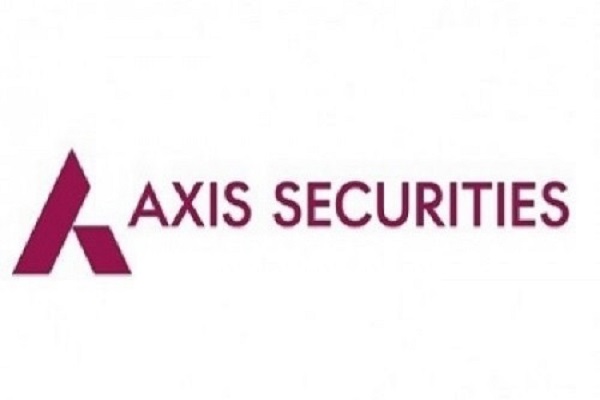
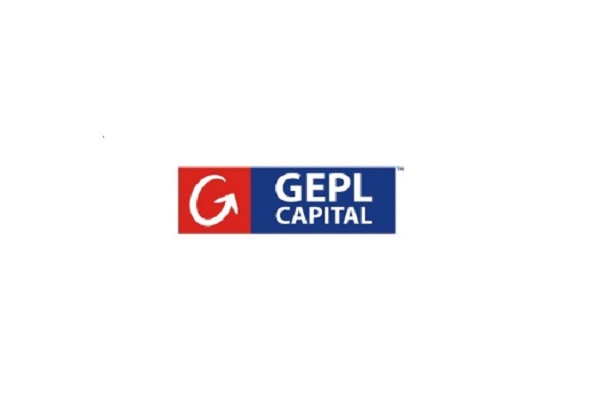
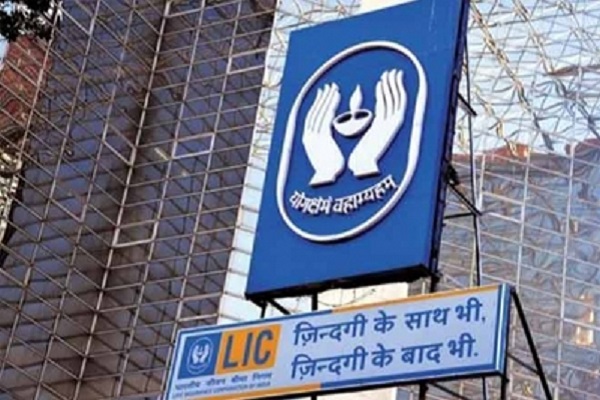

Tag News

FPI inflows bounce back, long-term outlook for Indian markets robust


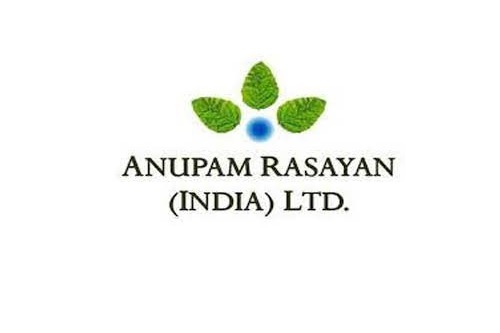
More News
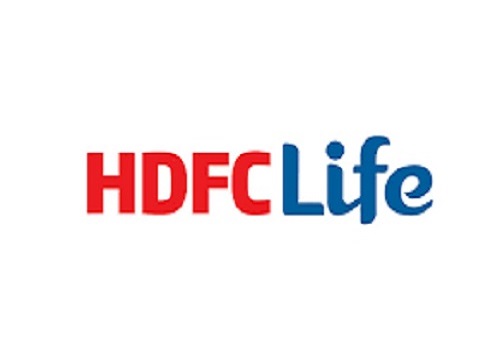
Insurance Sector Update : GST exemption on savings the positive surprise By JM Financial Se...









